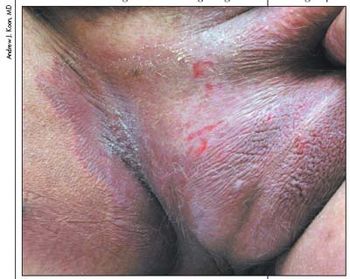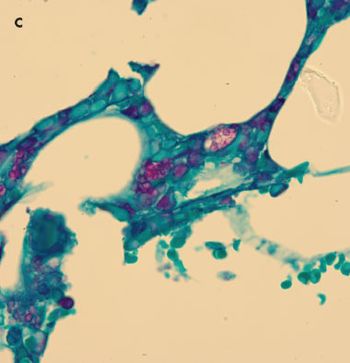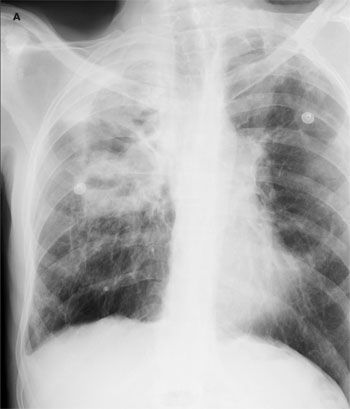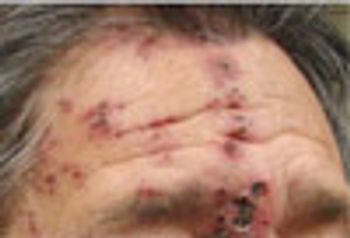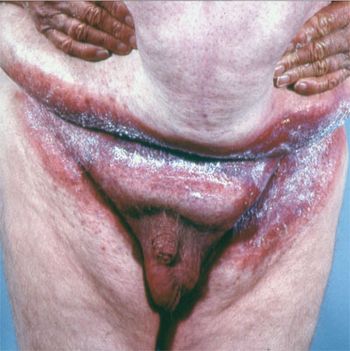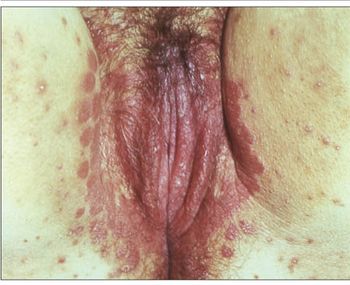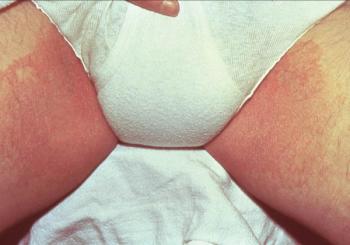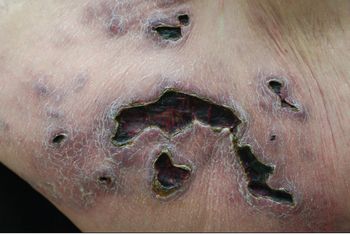
We lie awake in our one-room hut before dawn listening to the cacophony of sounds emanating from the forest as the birds awake. The Bwindi Impenetrable Forest of Southwest Uganda contains over 350 species of birds, and it seems that they are all chattering to each other at once. The Bwindi Forest is also home to more than half of the world’s 650 mountain gorillas.






















































































































































































































































































